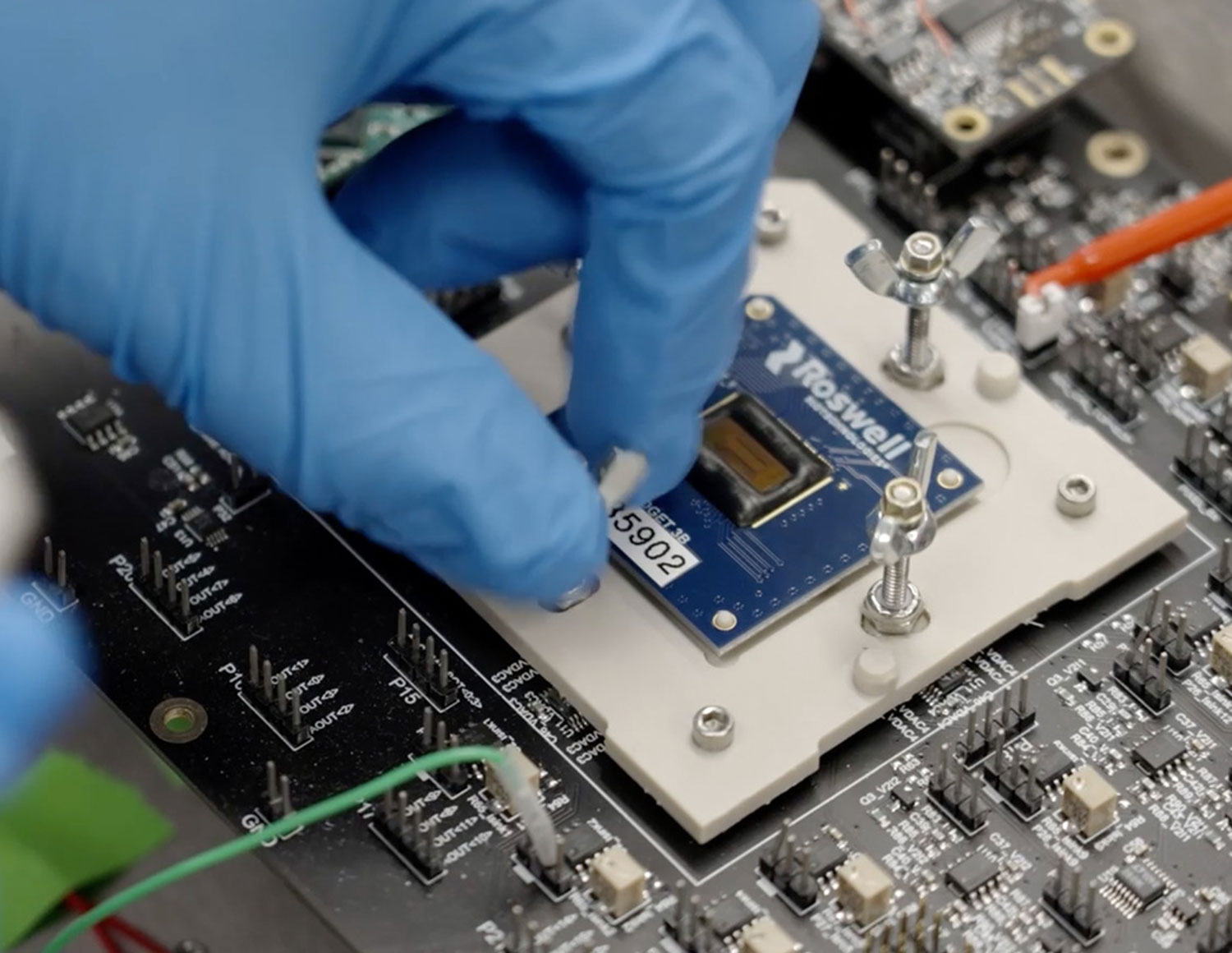ケーススタディー
Brief
Unchecked acute stress may aggregate to become chronic stress, which underpins diagnosable anxiety in a large percentage of the population who have chronic illnesses.
We wanted to see if we could create a machine learning algorithm that could simultaneously infer an individual’s stress and activity levels and correlate them with the reported levels. We then needed to design a wearable device to capture the data and facilitate the creation of insight from the data soup.
Approach
Using sensors sampling raw data at 1000 samples per second we gathered four sets of raw data: ECG, EDG, accelerometer and respiration. We trained a machine learning algorithm taking one sample per minute and 30 feature streams that provided two output streams of stress and activity.
The machine learning insights were a very good match to user reported levels but with a greater time resolution. We also produced a computer-aided design concept of the proposed wearable that could be used throughout the trials.
Benefit
If we begin to understand a person’s baseline stress levels – which vary depending on age and lifestyle – then genuine stress level variations can be associated to drug action during relevant clinical trials, for example.
A powerful combination of wearables, digital biomarkers, data analytics and a true understanding of the person’s baseline before, during and after the trial will empower the delivery of precision medicine.




